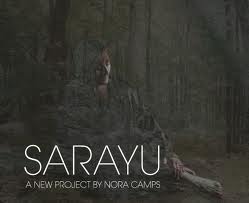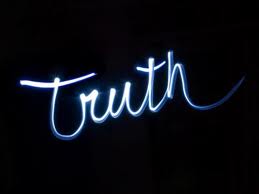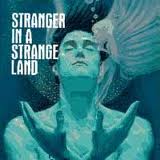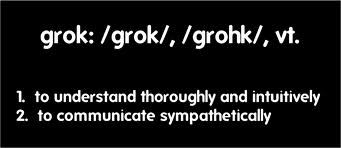
I first encountered Jim Signorelli through my Scoop.it organizational storytelling curation and having been following him in several, social-media venues. I’m excited about his new book, StoryBranding. This Q&A will run over the next six days.
 Bio: [in his own words, from his LinkedIn profile]: I’ve always had a passion for advertising. My favorite class in grade school was “show and tell.” As a paperboy, I would add subscribers by copy testing leaflets (“If you buy from me, I promise not to throw your paper in the bushes,” out pulled “You need the news, I need the money.”)
Bio: [in his own words, from his LinkedIn profile]: I’ve always had a passion for advertising. My favorite class in grade school was “show and tell.” As a paperboy, I would add subscribers by copy testing leaflets (“If you buy from me, I promise not to throw your paper in the bushes,” out pulled “You need the news, I need the money.”)
After receiving both a B.A. and M.A. in advertising from Michigan State University, I started my adult career in advertising in nearby Chicago. I later worked in New York, Los Angeles, and Baltimore, amassing experience on a wide variety of major accounts like Citibank, Kraft Foods, Burger King, General Electric, Toshiba, Arby’s, and many others.
In 1999 I started my own agency back in Chicago that today goes by the 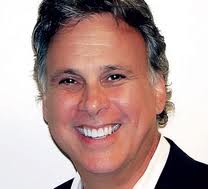 name esw StoryLab. Our agency has been named to the Inc. 5000 list of fastest growing independent companies in the U.S., three years straight. In that time I became a story buff, as I set out to understand why stories are so powerful and how advertising can benefit from the way they are structured. My book, StoryBranding: Creating Stand Out Brands Through the Power of Story, is the culmination of three years of research on the subject.
name esw StoryLab. Our agency has been named to the Inc. 5000 list of fastest growing independent companies in the U.S., three years straight. In that time I became a story buff, as I set out to understand why stories are so powerful and how advertising can benefit from the way they are structured. My book, StoryBranding: Creating Stand Out Brands Through the Power of Story, is the culmination of three years of research on the subject.
When I’m not working or telling a story, I am an avid golfer, tennis player, drummer. And my weirdness finds its expression in a prized Pez collection. I live with my lovely wife Joan in Evanston, Illinois.
Q&A with Jim Signorelli, Question 1:
Q: How did you initially become involved with story/storytelling/ narrative? What attracted you to this field? What do you love about it?
A: I’m asked this question a lot. I’ve often thought it would be wonderful if I could offer up an awe-inspiring story about that big moment when I realized how branding can benefit from the power of story. There were actually many Aha! moments along the route to completing this book, and their effects were cumulative. I talk about some of those in the book, but I can tell you about one of them here.
A few years back, I was observing my two young grandchildren as they were watching a TV cartoon show. I was interested in seeing what they were going to do when the commercials came on. Would they remain attentive? Start talking to each other? Yell out that they wanted what was being advertised?
They both remained engaged through the first commercial shown. Upon hearing the commercial’s tag line, “we love to make you smile,” the youngest turned to her older brother and asked, “why do they say that they’ll make me smile? They don’t make me smile.”
Her brother responded with his now typical boy-I-got one- dumb-sister look and said, “that’s ’cause it’s advertising stupid.”
This experience raised two questions. First, if little kids disregard advertising promises, how must adults? And second, having spent my entire academic and professional career studying advertising, why haven’t I asked this question sooner?
I’m not good company when it comes to watching TV. While my wife will want to fast forward through the commercials, I’ll want to hit replay. The experience with my grandkids made things worse as it gave me something else to critique. I now started to see that many ads were like the ad they commented on, puffed up, self-adulating statements about what one should expect from the brand being advertised. It’s what we’ve become used to and expect from a lot of advertising, regardless of how little proof there often is for its claims.
Eventually, and in search of a solution, I came around to see how the power of story could help solve this problem. Stories are one of the most persuasive tools in our communications arsenal. I’m sure this needs no explanation to readers of your blog. There are many reasons for this, but for me, the biggest, most important one is that, unlike outward efforts to sell something, stories persuade without getting in their own way. They resort to pulling influence rather than pushing it. They welcome us to decide for ourselves what’s being said without trying to force feed us opinions. Unlike advertising, with all their hype that we have grown to resist, stories can powerfully resonate with what we already believe is true. And it was this realization that influenced my desire to deconstruct stories; one that ultimately revealed a way in which brands could benefit from story’s influential power.
 that I used an assortment of popular-press books instead of texts.
that I used an assortment of popular-press books instead of texts.






